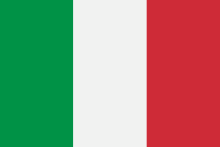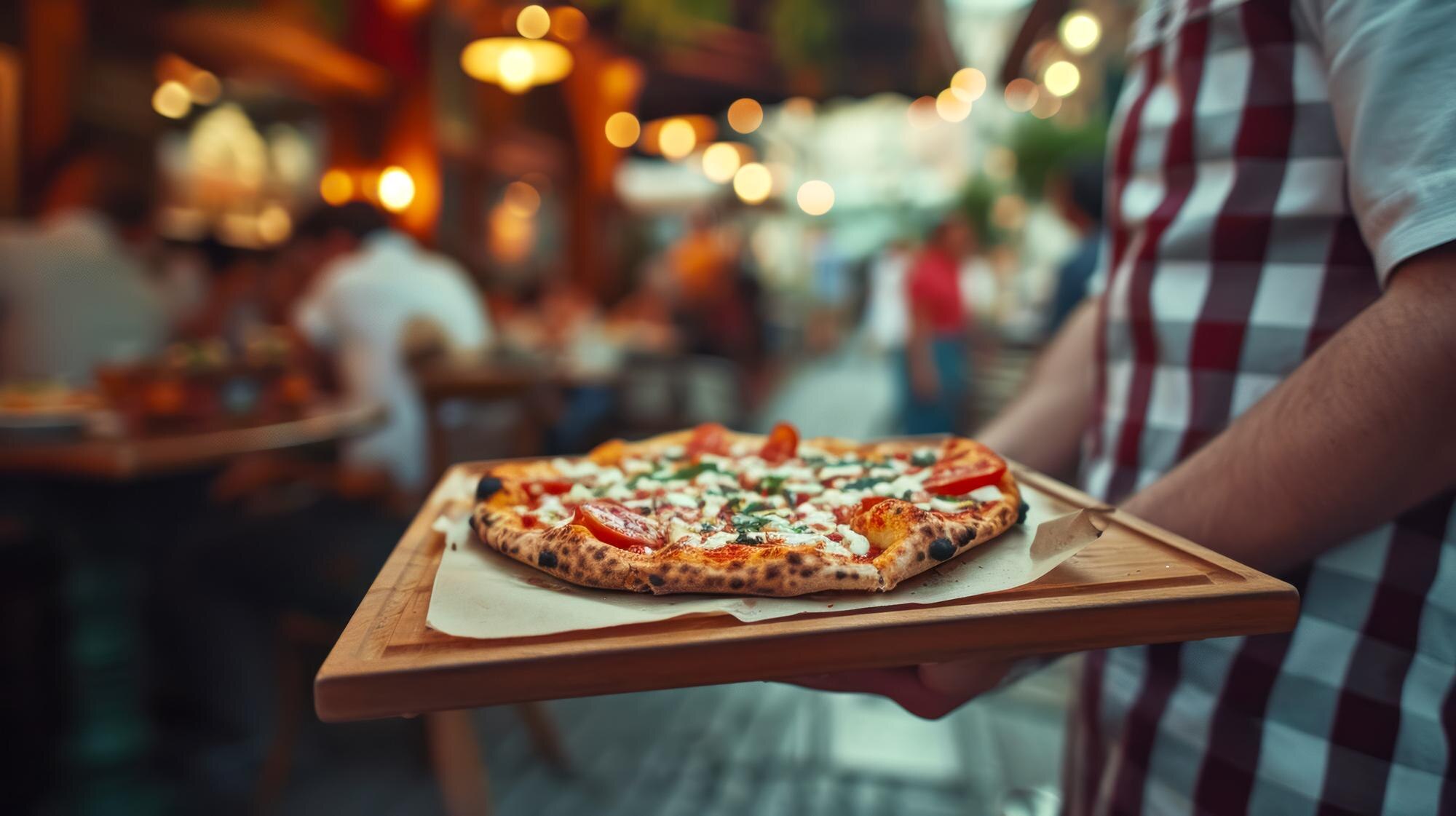La Manufacture is a successful pizzeria that runs seven restaurants using Trezy.
Created in 2015, the restaurant group, La Manufacture, used to receive their annual statement yearly. That was acceptable for the first couple of years, but rapidly, the external environment of the restaurant business changed. The rise of delivery across Europe impacted the whole business model and the owners needed to make well informed business decisions to adapt to the new business landscape.
Delivery totally changed the way restaurant businesses operate.
Radical changes in the restaurant business
At the very beginning of La Manufacture's story, they made decisions according to the financial ratios of the restaurant industry.
- Between 25-30% of the total turnover was spent on the cost of food
- Salaries represented 30-35% of the turnover
- Remaining costs such as rent, electricity, etc were not supposed to be higher than 15%
This financial profile changed in 2017- 2018 with the rise of delivery platforms such as Uber eats and Deliveroo.
In the beginning, La Manufacture was promised that they could generate an additional turnover without having to increase their fixed costs. This was the case for a while, but little by little the restaurants of La Manufacture became dependent on delivery due to the changing of habits of consumers. Delivery channels were indeed supposed to generate extra turnover, but instead consumers were using food delivery services. This meant that instead of having 20-30% of the cost of goods sold, it turned into 60% due to adding in delivery channel costs.
The rapid change in their business model was not planned and La Manufacture was experiencing difficulties making quick, informed decisions. It became obvious that today, managing a business requires faster decision making processes and easier access to your business’ performance to inform direction.
The need for a new system providing real time visibility became paramount.
New tech innovations are booming across the globe and in tandem, the business environment needs to adapt accordingly.
What solutions did La Manufacture come up with?
Their first reaction was to ask their accountant for monthly financial reports as they always had a trusted relationship. It appeared that the cost for the accountant to maintain and generate monthly or even quarterly financial reports was higher and resource intensive. The estimated cost per report was around 600 euros per restaurant. This represented 1.8% of the total turnover of La Manufacture and was considered to be too expensive and not viable for the restaurant owners.
- Monthly and quarterly reports from an accountant are resource intensive
- Accountants are regulated which explains why they can’t always provide reports at the speed needed by small businesses
- The solution from the accounting firm was too expensive for La Manufacture.
What other solutions existed?
There were two other kinds of solutions available.
The solutions :
1. Automated cash flow forecasts software
The first solution tried by La Manufacture at this time were cash flow forecasting tools. These tools allowed the restaurants to be connected directly to their bank account to automatically categorise each transaction.
These tools save time but don't provide any visibility on the business performance. Because of the variation of payment terms between customers, delivery channels, suppliers in restaurant business, this cashflow forecast was not sufficient enough to understand the performance of the business: They could generate 20k in cash in September but still have a negative net result of 30k for the same month.
In addition, there was a lack of structure in the general data and tools required by La Manufacture to keep doing maintenance tasks.
2. Accounting software such as QuickBooks
La Manufacture tried to ask their accountant to implement an accounting tool that both the restaurant and the accountant had access to. After working on it for a while, it appeared that the implementation of such a tool would require a couple of weeks at least, and required someone full time from La Manufacture to maintain it.
The creation of Trezy.
Quentin Lacointa, one of the co-founders of the La Manufacture Groupe then decided to partner up with Pierre Houdyer (ex CNRS - french like MIT) and Thibault Faure (CEO Of T2F - Accounting company) in order to create Trezy.
The requirements from each team member for the project were as follows:
- In all cases we are capable to generate an estimation of the current performance of the business (Quentin Lacointa - Entrepreneur)
- We kept on learning from companies to generate the best estimation possible, even better than what a human could do (Pierre Houdyer, Engineer)
- We tried to respect the maximum accounting rules and use the work done by the company and accountants (Thibault Faure - AccountanT)
Trezy was created after 1.5 years of research and 10+ years of R&D & Innovation to develop the most intelligent algorithm on the market…
The maintenance of the tool is very low. As all the receipt collections and invoices are managed using Trezy, the only requirement is to connect the tools so they automatically collect the invoices, and then upload images of the physical receipts.
Business performance will always be up-to-date and saves business owners an enormous amount of time spent on traditional spreadsheets like Excel.
Today, La Manufacture manages all of its restaurants on Trezy and benefits with greater visibility on their performance no matter what, better communication with their accountant, and more accurate comparisons to their sector.









